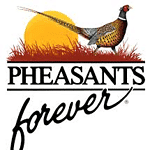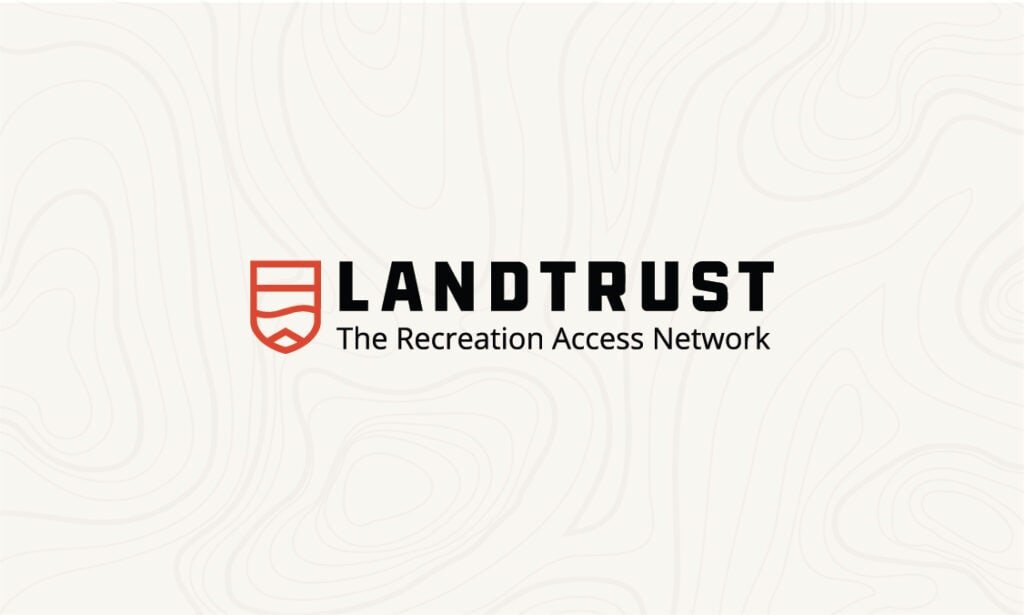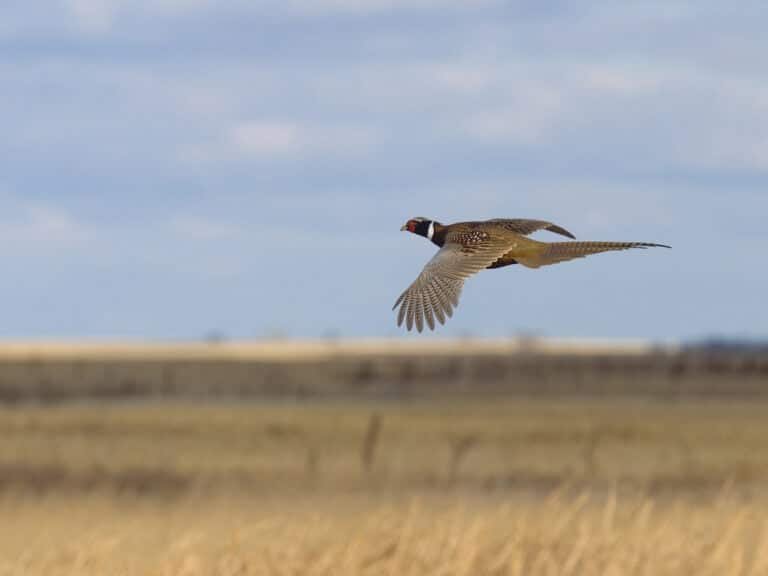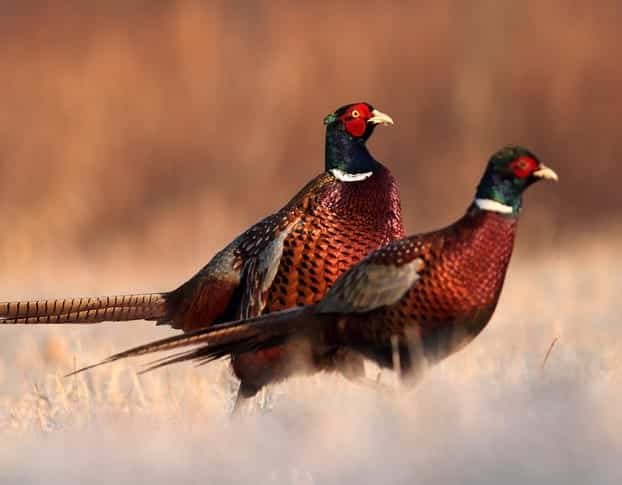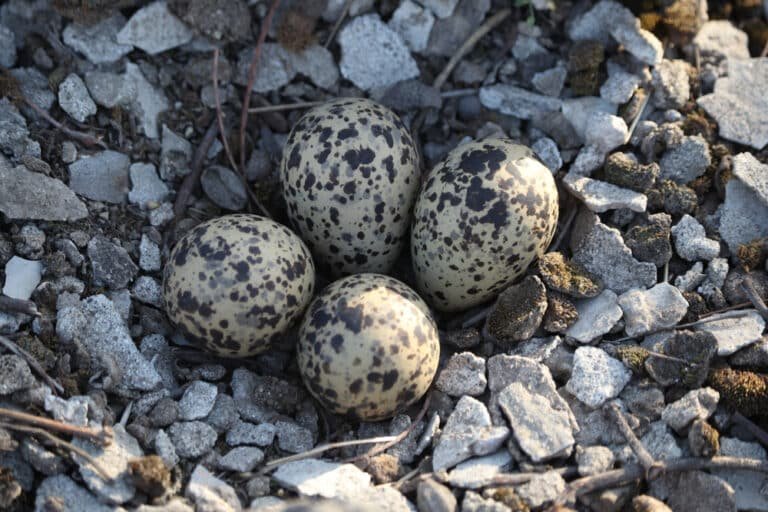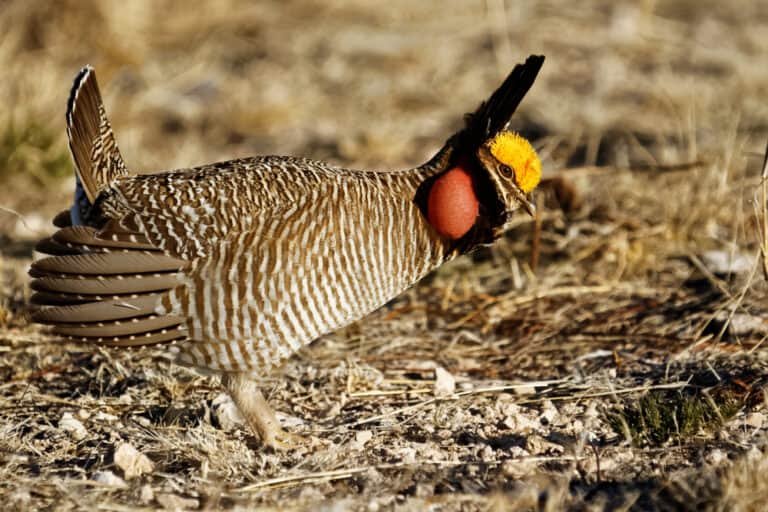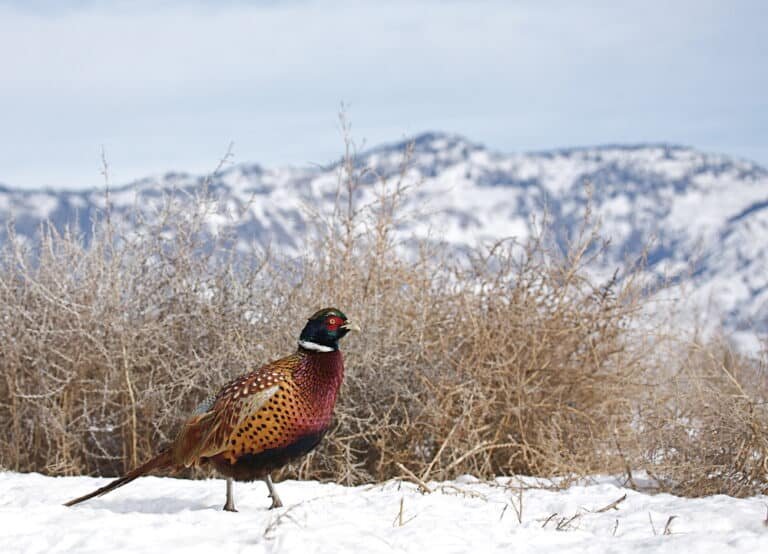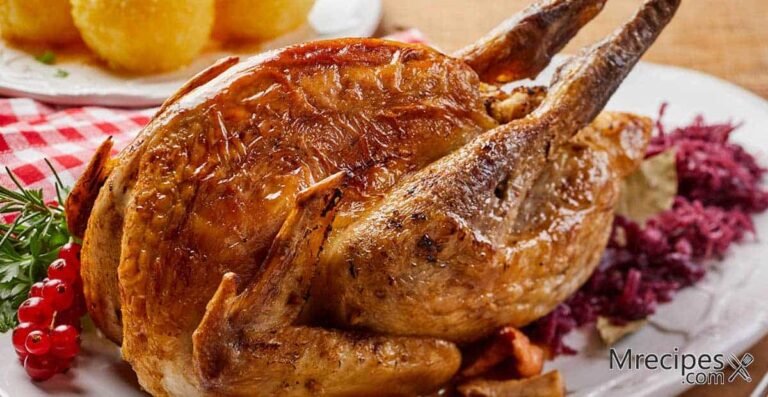Expert Guide to Pheasant Hunting in ‘The’ North Dakota
Pheasant hunting North Dakota is a popular outdoor activity that combines the thrill of the chase with the beauty of nature. It involves pursuing and shooting pheasants, colorful game birds known for their striking plumage and elusive nature.
Pheasant hunting has a rich history, deeply rooted in tradition and camaraderie among hunters. It requires skill and an understanding of the bird’s behavior and habitat.
2023 Pheasant Season Hunting Dates
| Description | Dates |
| Pheasant Season – Traditional | Start: Oct 7, 2023 |
| End: Jan 7, 2024 | |
| Pheasant Season -Youth Only | |
| Start: Sep 30, 2023 | |
| End: Oct 1, 2023 |
Definition of Pheasant Hunting
Pheasant hunting can be best described as a form of recreational sport that involves pursuing wild pheasants to harvest them. Hunters traverse various terrains, employing strategies to flush out these prized game birds from their natural habitat. The goal is to accurately shoot the birds in mid-flight, showcasing marksmanship skills while immersing oneself in a thrilling outdoor experience.
Overview of North Dakota as a Premier Destination for Pheasant Hunting
North Dakota has emerged as one of the premier destinations for pheasant hunting enthusiasts worldwide. Known for its vast stretches of open prairies, fertile agricultural fields, and abundant wildlife, this Midwestern state offers an unparalleled hunting experience. Thousands of hunters flock to North Dakota for this revered game bird yearly.
The unique geography and landscape make North Dakota an ideal habitat for pheasants. The state’s expansive grasslands provide ample cover for nesting, while adjacent agricultural fields offer an abundant food supply.
Additionally, shelterbelts and wetlands are crucial resources for these birds throughout their life cycle. North Dakota’s commitment to wildlife conservation plays a significant role in maintaining healthy populations of pheasants.
The state implements sustainable management practices that ensure favorable habitat conditions by collaborating with landowners and organizations dedicated to preserving wildlife. This dedication and the state’s welcoming hunting culture make North Dakota an attractive destination for novice and seasoned hunters.
The Pheasant Hunting Season in North Dakota
Dates and Duration of the Hunting Season
Both locals and out-of-state enthusiasts eagerly anticipate the hunting season for pheasants in North Dakota. It typically spans from mid-October to early January, providing ample time for hunters to indulge in their passion. Depending on population trends and conservation efforts, the dates may vary slightly each year.
North Dakota’s extended hunting season allows enthusiasts to plan their trips around their schedules, maximizing their opportunities to experience the thrill of the hunt amidst the picturesque landscapes. Whether you prefer crisp autumn hunts or frosty winter escapades, there is a suitable time within this duration to satisfy any avid pheasant hunter’s desire.
Licensing Requirements and Regulations
To engage in pheasant hunting in North Dakota, hunters must adhere to specific licensing requirements and regulations set forth by the state’s Game and Fish Department. Non-residents must obtain a non-resident small game license, which allows them to pursue various upland bird species, including pheasants.
Additionally, hunters must possess a general game bird license for pheasants or a combination license covering both small game and waterfowl hunting. Hunters must be aware of bag limits imposed by the state as part of its wildlife management efforts.
Currently, individuals are allowed a daily bag limit of three rooster (male) pheasants during most of the season. Still, they should consult current regulations for annual changes or updates based on population dynamics. Furthermore, all hunters must comply with specific regulations regarding legal shooting hours—roughly half an hour before sunrise until sunset—and blaze orange clothing requirements for safety purposes.
These regulations aim to ensure responsible hunting practices and preserve populations while allowing sustainable recreational opportunities for all to enjoy. By understanding and adhering to these licensing requirements and regulations, pheasant hunters can ensure they contribute to conserving North Dakota’s natural resources and wildlife populations while enjoying an unforgettable hunting experience.
Description of Ideal Pheasant Habitat in the State
Prairie Grasslands and Agricultural Fields
The sprawling prairie grasslands of North Dakota provide an ideal habitat for pheasants. With their abundant cover and diverse plant species, these grasslands offer the perfect blend of nesting sites, feeding grounds, and protection from predators.
Pheasants are particularly drawn to agricultural fields that border these grasslands, as they provide an abundant food source, such as grains and seeds. The open spaces within these fields also allow pheasants to display their vibrant plumage during courtship rituals.
Shelterbelts and Wetlands
Shelterbelts—rows of trees and shrubs planted along field borders—are crucial in supporting pheasant populations in North Dakota. These windbreaks act as natural barriers against strong gusts and provide essential cover for pheasants to seek refuge from harsh weather conditions and predators.
Additionally, wetlands scattered throughout the state provide critical nesting habitats for pheasants. These wetland areas consist of marshes, sloughs, and ponds that offer sufficient water sources and ample vegetation for nesting purposes.
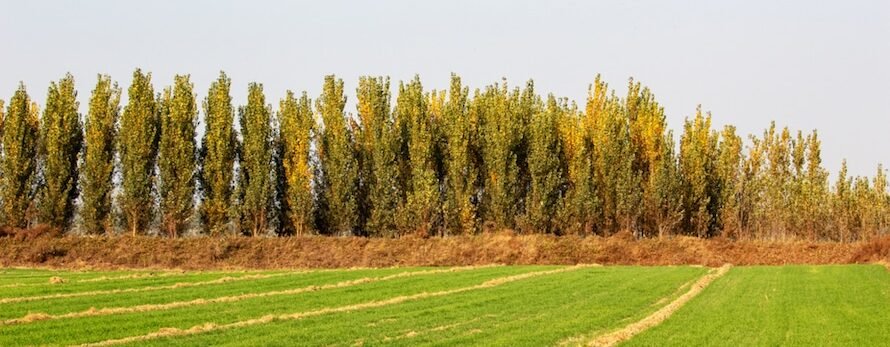
Factors Influencing Pheasant Population Fluctuations
Weather Conditions and Habitat Quality
North Dakota’s unpredictable weather patterns significantly impact the population fluctuations of pheasants. Harsh winters with heavy snowfall increase mortality rates among pheasant populations due to limited food availability and increased predation opportunities. Conversely, mild winters and favorable spring weather conditions contribute to higher survival rates and successful breeding seasons.
Moreover, habitat quality is crucial in determining population fluctuations—well-managed grasslands with diverse vegetation cover support more significant numbers of pheasants than degraded or fragmented habitats.
Conservation Efforts by Landowners and Organizations
The commitment of landowners and conservation organizations in North Dakota has played a vital role in maintaining healthy pheasant populations. Through voluntary participation in conservation programs, landowners implement practices that enhance pheasant habitat, such as restoring grasslands, planting cover crops, and maintaining shelterbelts.
Organizations like Pheasants Forever actively work to conserve and restore critical pheasant habitats through habitat improvement projects, land acquisitions, and public awareness campaigns.
These collaborative efforts between private landowners and conservation organizations have proven instrumental in mitigating the negative effects of habitat loss and ensuring the long-term sustainability of pheasant populations in North Dakota.
By creating a favorable environment through well-managed habitats and conserving natural resources, North Dakota continues to uphold its reputation as a premier destination for pheasant hunting. The careful preservation of prairie grasslands, agricultural fields, shelterbelts, and wetlands and the tireless efforts of individuals and organizations committed to conservation ensures the thrilling experience of hunting and the thriving existence of these magnificent birds for generations to come.
Planning Your Pheasant Hunting Trip to North Dakota
(Based on Weather and Bird Migration Patterns)
When planning a pheasant hunting trip to North Dakota, timing is crucial. Understanding the weather conditions and bird migration patterns will greatly enhance your chances of a successful hunt. The peak season for pheasant hunting in North Dakota typically falls between October and December, when the birds fully mature and have settled into their winter habitats.
Weather forecasts are essential as they affect bird behavior and hunter accessibility to specific areas. Ideally, you want to avoid extreme weather conditions such as heavy snowfall or freezing temperatures that can limit bird movement and make hunting challenging.
Selecting an Outfitter for a Successful Hunt
Engaging the services of a reputable outfitter or guide in North Dakota can elevate your pheasant hunting experience to new heights. These professionals know intimately about the local terrain, pheasant behavior, and prime hunting spots that novice hunters often find elusive.
When researching outfitters, ensure they have proper licensing, certifications, and positive reviews from previous clients. Look for outfitters who prioritize safety protocols, adhere to ethical practices, and promote conservation efforts.
Considering Accommodations, Equipment, and Services Provided
While choosing an outfitter or guide service for your venture into a pheasant hunting paradise in North Dakota, it is crucial to consider the accommodations provided during your stay.
Many outfitters offer comfortable lodging options ranging from cozy lodges to well-appointed cabins close to prime hunting areas. Additionally, inquire about any equipment rentals they may provide, such as blinds or decoys, that could enhance your chances of success while minimizing travel logistics.
Preparing for Pheasant Hunting in North Dakota
Firearms Regulations and Safety Guidelines
Before embarking on your pheasant hunting trip in North Dakota, it is vital to familiarize yourself with the state’s firearms regulations and safety guidelines. Ensure you have the appropriate licensing and permits to possess and use firearms for hunting purposes.
Familiarize yourself with the state’s specific rules regarding shotgun capacities, ammunition restrictions, and legal shooting hours. Safety should always be a top priority, so reviewing firearm handling protocols, practicing proper muzzle control, and maintaining situational awareness is essential.
Essential Gear for a Successful Hunt
Proper gear is essential to maximize your chances of a successful pheasant hunt in North Dakota. Start with a reliable shotgun suitable for upland bird hunting, and ensure you have an adequate supply of ammunition.
Consider investing in different choke tubes to adapt to varying shooting conditions. Dressing appropriately is crucial; opt for comfortable hunting clothing that provides camouflage and protection against the elements.
Sturdy boots designed for walking long distances are recommended, as are camouflage accessories such as face masks or gloves. Don’t forget essential field gear like high-quality binoculars for scouting birds’ movements from afar, game bags for carrying harvested birds safely, and GPS devices to help navigate unfamiliar terrain.
Strategies for Pheasant Hunting in North Dakota
To increase your chances of success while pheasant hunting in North Dakota, it’s important to understand pheasant behavior patterns. Knowing their roosting patterns can guide you toward their preferred locations during specific times of day or night when they seek sheltered areas such as dense grasslands or thickets near water sources.
Additionally, knowing their feeding areas helps you identify prime locations where they gather to feed on seeds or grains left behind after harvests.
Effective Hunting Techniques
Walking up birds is a popular and effective technique for pheasant hunting in North Dakota. This approach involves slowly and quietly advancing through suitable pheasant habitats, flushing the birds from cover, and taking shots as they flush into the air.
Maintaining a steady pace, listening for any rustling or cackling sounds that indicate nearby birds, and being prepared for quick shots are essential elements of this technique. Additionally, using well-trained hunting dogs can greatly enhance your chances of success by flushing out birds from dense cover or retrieving downed game.
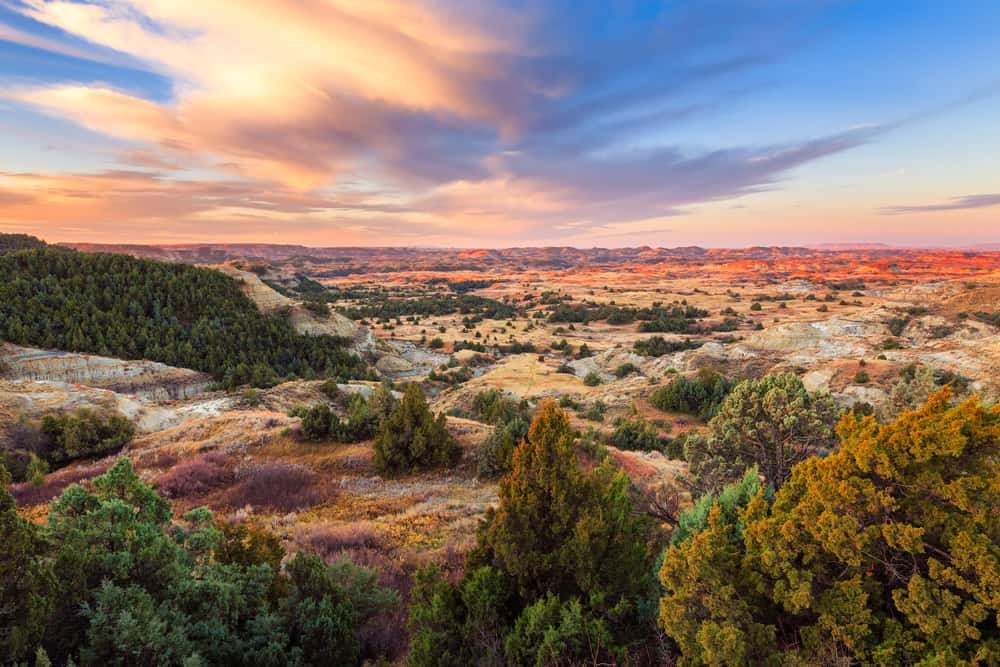
Conclusion
Embarking on a pheasant hunting expedition in the beautiful landscapes of North Dakota offers thrilling adventures and an opportunity to connect with nature profoundly. By carefully planning your trip, selecting reputable outfitters or guides, familiarizing yourself with firearms regulations and safety guidelines, acquiring the proper gear, understanding pheasant behavior patterns, and employing effective hunting techniques – you can set yourself up for an exhilarating experience.
The vast prairies of North Dakota promise unforgettable hunts filled with camaraderie and cherished memories amidst abundant wildlife. Whether you are a seasoned hunter or new to the sport, North Dakota’s allure will captivate you as you engage in this timeless pursuit while immersing yourself in the wonders of its remarkable natural splendor.

